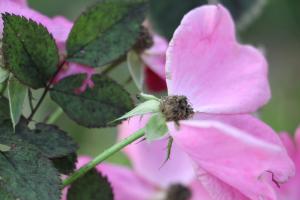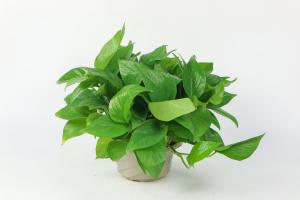How Close Can You Plant to a Property Line?
Planting trees and shrubs can enhance the beauty of your property and provide some privacy from your neighbors. However, it's important to consider the proximity of your planting to property lines. You might wonder how close can you plant to a property line without infringing on your neighbor's property? In this article, we will discuss some general guidelines and tips for planting trees and shrubs near property lines.
Check with Local Ordinances
Before planting anything near a property line, it's essential to research local ordinances and regulations. Depending on where you live, there may be restrictions on how close you can plant to a property line. There may also be rules regarding tree height, tree placement, and the types of trees you can plant. Checking with local authorities will help ensure that you're following the rules and avoid any potential legal issues down the road.
Create a Clear Boundary
When planting near a property line, it's a good idea to set a clear boundary to help avoid any property disputes with your neighbors. One way to do this is by building a fence or installing a property line marker. A fence or marker will provide a clear visual cue of where your property line is and where you should and shouldn't plant.
Consider the Growth Rate and Size of the Trees
Before choosing a type of tree or shrub, you should consider its growth rate and eventual size. Trees and shrubs that grow quickly and to a large size could cause issues with your neighbor's property, such as casting unwanted shade or dropping large branches onto their property. Be sure to choose a tree or shrub that will grow at a reasonable rate and to a size that will not be problematic for your neighbor.
Plant on Your Own Property Whenever Possible
While you might be tempted to plant trees or shrubs near the property line to help obstruct an unsightly view or create more privacy, it's generally best to plant on your own property to avoid any potential disputes with your neighbor. By planting on your own property, you maintain control over your trees and shrubs, and you can avoid any possible damages to your neighbor's property from root systems or fallen branches.
Conclusion
In summary, planting trees and shrubs near property lines requires careful consideration and planning. Before planting, it's essential to check with local ordinances and regulations, set a clear boundary, choose the right type of trees and shrubs, and plant on your own property when possible. By following these guidelines, you can enhance the beauty of your property and maintain a favorable relationship with your neighbors.

 how many times do yo...
how many times do yo... how many planted tre...
how many planted tre... how many pine trees ...
how many pine trees ... how many pecan trees...
how many pecan trees... how many plants comp...
how many plants comp... how many plants can ...
how many plants can ... how many plants and ...
how many plants and ... how many pepper plan...
how many pepper plan...































